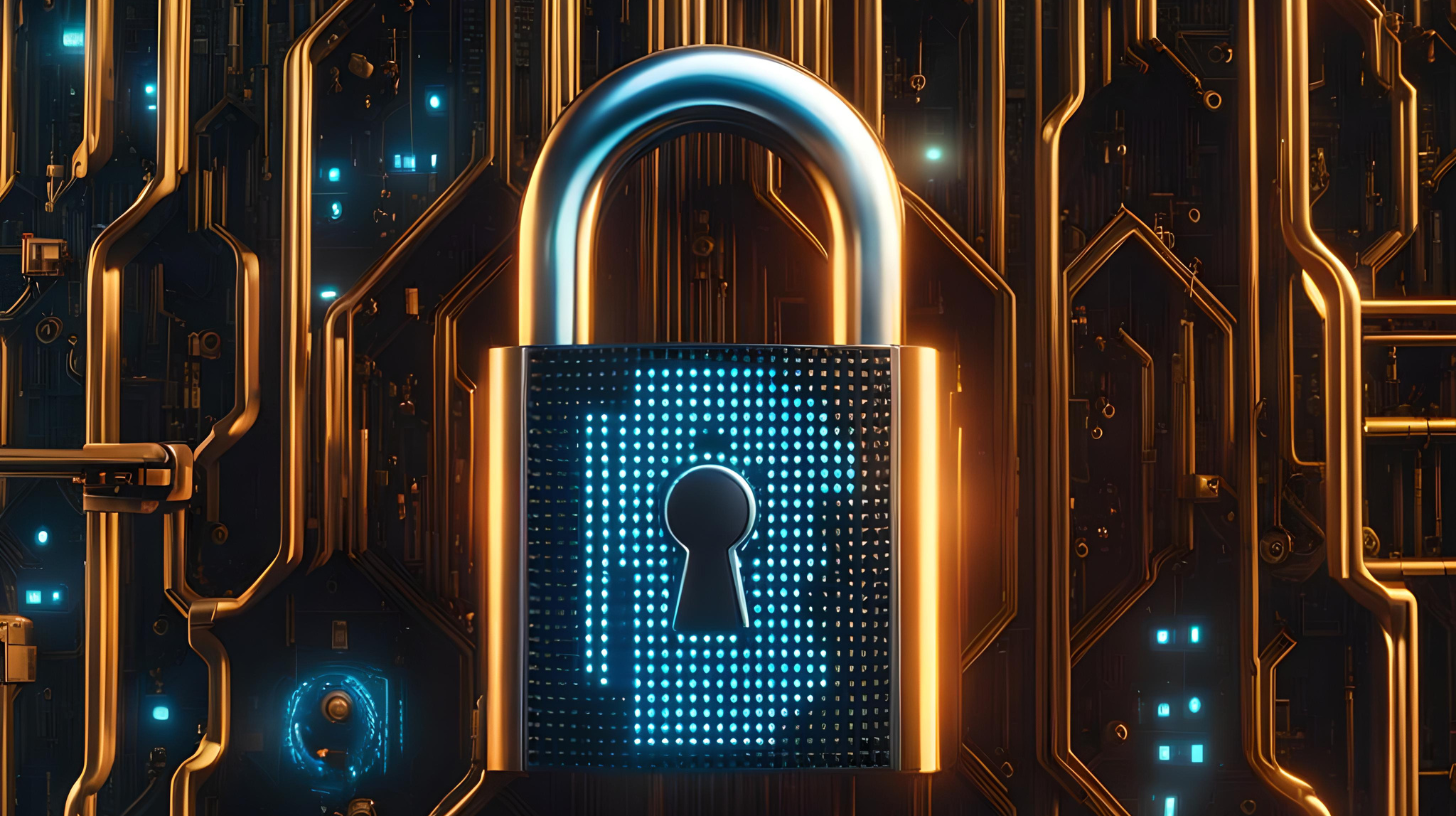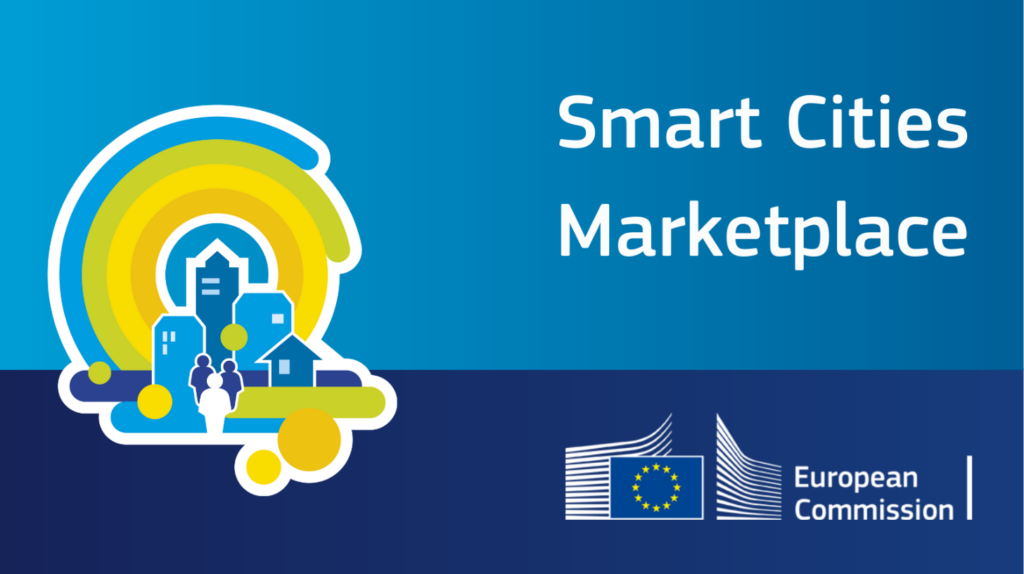The Green Cities consortium developed the blog post “Cyber Security: Threads and Prevention Techniques” under the EU-Funded Project Youth Participation for Developing Sustainable Green Cities (reference number: 2022-1-DE04-KA220-YOU-000085135). L4Y Learning for Youth GmbH is leading the project alongside partners Citizens in Power, Toplum Gönüllüleri Vakfı, Kean, Walktogether, and Kaán Károly Környezetvédelmi Egyesület.
This blogpost is based on the training content developed for the Green Cities project. For more content like this, click here. If you would like learn more about the topic, we suggest enrolling in our free online training course. In the platform, you will also find the full list of references and extra suggested reading material.
To keep up to date with the project news, follow our YouTube Channel, as well as the project’s social media pages X and Instagram. Additonally, you can also join our Discord community.
Introduction
That consists of being able to install some of the most advanced technologies throughout urban assets. These tools could also be used in order to gather data that are analysed at an intervening level as efficientlly as, yet possible by those capacities. These are the very smart system cities that deploy ICT and IoT for connected city operations systems. But smart cities are also at risk from cyber threats. The highest priority should be given to the security that implies ensuring no trespasser will approach sensitive data. Employ third-party services without revealing them, thus keeping private measures; while maintaining functioning of core operations.
Some of Smart Cities Cyber Security Threats
Smart cities are an interconnected mesh of technologies and that makes them vulnerable to numerous cyber threats. Top threats examples:
Man-in-the-Middle Attacks
Hackers intercept communication between 2 systems In Israel. Hackers have broken into a commercial irrigation system and then given permission to control water or turn it off.
Device Poaching
Cyber-attackers hijacked the IoT devices. Further, smart meters with compromised devices could be used by a hacker to hold city energy management system for ransom.
Data Theft
Smart city infrastructures generate a lot of useful data and thus are increasingly targeted to be breached by the cyber attackers. If the data is not properly secured, then it can further be used for identity theft and many more similar activities.
Distributed denial of service (DDoS) and permanent denial of service (PDoS)
A large amount of traffic overwhelmed the target, or its functionality impaired to inhibit services. One notable example: the PPDOS Parking meter botnet, which enlisted every parking meter capable of carrying out a DDos attack as a rogue node in its campaign. A PDoS attack conversely, rules over your devices and you end up having no choice but replacing the hardware with new ones which is a non-reversible action.
How to Protect Smart Cities from Cyber Security Threats
Cybersecurity ,the most perfectly layered approach to smart city security. How Can Cities Win Against Cyber Threats?
Plan and Design with Security
Smart city projects need to have cybersecurity built in. Moreover, Risk assessment / Multi-Factor Authentication (MFA) enforcement/ Zero-Trust Architecture and protection for most of the externally facing services.
Proactive Supply Chain Risk Management
Implementing best practices: define clear requirements regarding software, hardware and IoT components for managing security risks in the supply chain.
Operational Resilience
Concentrate on the capability to recuperate promptly after experiencing cyber incidents. This must include keepings systems updated, segmenting networks with smaller numbers of devices in segments as small as a single-device if practical possibly not or providing an incident response and training employees how to properly act cyber -cleansed.
Public-Private Collaboration
Private technology providers, utility companies and cybersecurity specialists can help supplement security efforts.
Sharing information and building networks
You can use the security of the innovation system with group-access to resources.
Emerging Trends in Smart Cities
Streamcovery of cyber security trends in smart cities A number of nascent paradigms are also shaping the trajectory that will come to define cyber security in future versions of smart city deployments.
AI in Cybersecurity
AI makes security predictive not reactive. Or as it turned out, just another tool for sociopathic bad faith actors to co-opt.
Cyber Security Concerns& Remote Work Force
This also means, the cybersecurity boundaries have changed as this rapid movement to remote work expands our security perimeter and now includes home networks & personal devices.
Latest Advances in Biometrics Technology
These are harder to troll using conventional ways of user-verification and that is a way which could allow the user authenticate their biological nature not passwords at star in process Passwordless Systems.
Invest in Proactive Security Tools
Find gaps continuously by leveraging Risk-Based Vulnerability Management and Attack Surface Manage proactively so that you can discover vulnerabilities as soon as possible.
To be clear, none of these words are leading the charge but no substitute for good old Reactive Tools as Antivirus.
IoT Devices and Security
We will foster incremental improvements on equipment already in your home. Then, we will ensure sub-par protection slowly gets tweakedone of the first being our IoT device security where it looks like they are starting embedding preventive safety testing processes into forthcoming iterations at a firmware level.
Conclusion
To sum up, the secret spice of making smart cities safer are deploying an elaborate layout on a broader scale to better mobilize tech innovation and strategy under which policy design is implemented alongside community participation. Smart use of these strategies will allow us to save the landscape from threats that exist today. And to render us robust against the new laws that are going out there. The question of cyber security in smart cities is here to stay. Yet, it will continue to be a fluid environment that requires ongoing assessments and tweaks.













